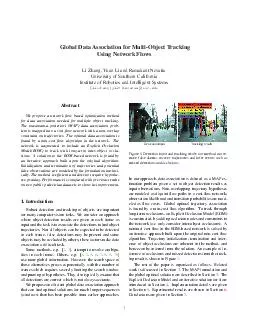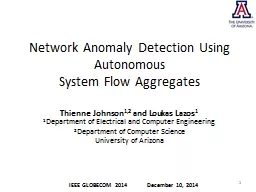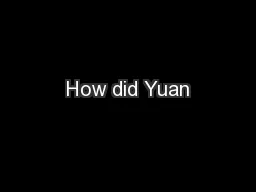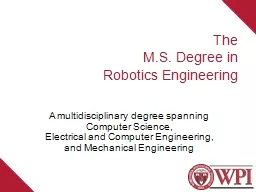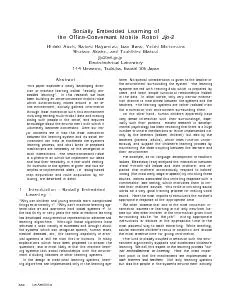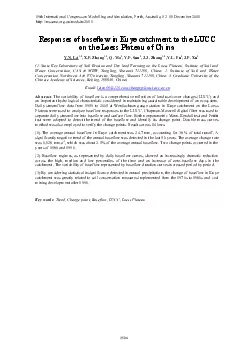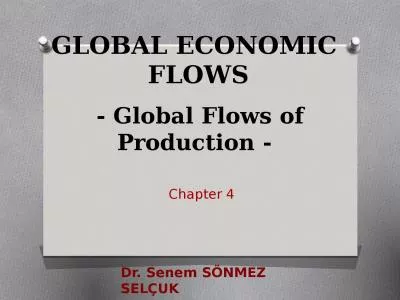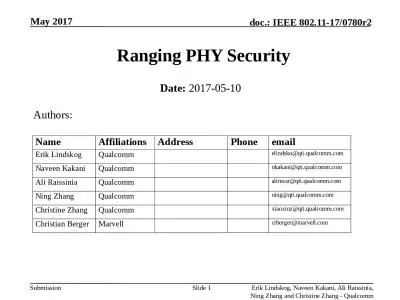PDF-Global Data Association for MultiObject Tracking Using Network Flows Li Zhang Yuan Li
Author : myesha-ticknor | Published Date : 2015-01-20
zhangyli8nevatia uscedu Abstract We propose a network 64258ow based optimization method for data association needed for multiple object tracking The maximumaposteriori
Presentation Embed Code
Download Presentation
Download Presentation The PPT/PDF document "Global Data Association for MultiObject ..." is the property of its rightful owner. Permission is granted to download and print the materials on this website for personal, non-commercial use only, and to display it on your personal computer provided you do not modify the materials and that you retain all copyright notices contained in the materials. By downloading content from our website, you accept the terms of this agreement.
Global Data Association for MultiObject Tracking Using Network Flows Li Zhang Yuan Li: Transcript
Download Rules Of Document
"Global Data Association for MultiObject Tracking Using Network Flows Li Zhang Yuan Li"The content belongs to its owner. You may download and print it for personal use, without modification, and keep all copyright notices. By downloading, you agree to these terms.
Related Documents

